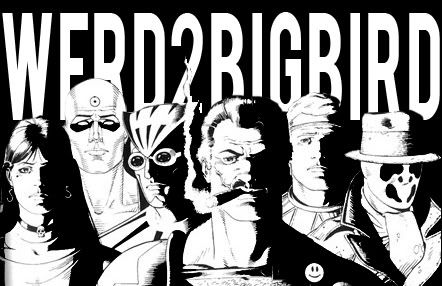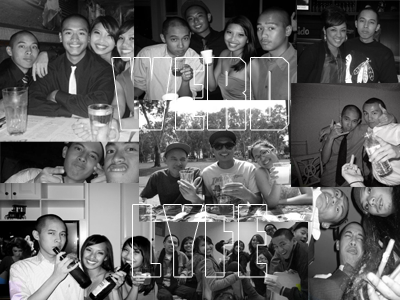
So I came across this article on my way to class. SF Weekly wrote a great article about the dissolving subculture known as the HYPHY Movement. But Whos responsible for the demise of the Hyphy Movement?....number one suspect: 106 KMEL
"After breaking through to mainstream pop-culture awareness in 2006, the Bay Area's youthful, party-oriented hyphy movement seemed poised to become the next big thing. Fueled by cannabis, thizz pills, and top-shelf tequila, hyphy's uptempo, feverish sound put a psychedelic tint on turf rap. "Go dumb" became the rallying cry for an attention-deficit culture that spread like wildfire, taking over clubs and commercial radio. As silly as it seemed to outsiders, hyphy created an economy whose main selling point was regional pride, built around stunna shades, Bay Area–themed T-shirts, rims, mixtapes, and Mac Dre bobblehead dolls. Despite its ghetto origins, hyphy had surprising suburban appeal. Rebellious, rambunctious, and not a little subversive, its infectious energy was a shot in the arm to a moribund rap industry.
The Bay Area's answer to Atlanta's crunk, hyphy validated the efforts of the independent-label-saturated local scene, which had long struggled to gain a national toehold. Media coverage extended to such nontraditional rap outlets as NPR, Newsweek, and The New York Times. Hyphy's potential seemed limitless; once it hit middle America, there was no telling what it might do.
Yet by last summer, it had all but disappeared from the music industry's collective radar screens.
Many factors may have contributed to hyphy's demise. Contractual snafus and bad business practices by some artists resulted in missed opportunities; major labels signed local artists, then delayed releasing their albums. National media made a big fuss over the controversial practice of "ghost-riding the whip" (putting a car in neutral and dancing on its hood or roof while the vehicle kept rolling). Additionally, hyphy was frequently linked to illegal sideshows, and there were reports of violence at concerts and clubs. Subsequently, overall sales figures never quite caught up with the hype."
Even so, the largest single factor in hyphy's decline may have been the withdrawal of support for local music by KMEL 106.1FM, the Bay Area's top urban radio station and a powerful industry tastemaker.
A year and a half ago, it wasn't uncommon to find at least four or five songs by locally based indie rap artists in rotation at the San Francisco–based station. These days, however, you won't find a current local rap release in KMEL's top 50, or its top 100 for that matter. In fact, the highest-ranking recent single by a Bay Area rap artist the week of February 4 was the Federation's "Happy I Met You," way back at number 187.
At present, KMEL is playing "a lot of Down South music ... anything but the Bay," according to Hannah Wagner, a publicist at SF indie digital music label INgrooves and a regular listener.
Author Jeff Chang, who has written extensively about commercial radio, feels the station has returned to standard programming: "You don't hear a lot of [new] music breaking. You didn't get a sense of excitement like you had a couple of years ago. It's gone back."
A closer look into the absence of hyphy from the airwaves found that while local artists bear a degree of responsibility for the decline of the homegrown art form, KMEL is far from blameless.
Specifically, the station
• yanked local rappers with buzzworthy records from rotation over petty personal beefs
• made it difficult, if not impossible, for artists not aligned with favored promoters to get access to station personnel
• ignored the advice of its own DJs on potential hit records by local artists
• put the kibosh on efforts to spread hyphy in other regions
• engaged in blatant favoritism toward certain artists, alongside other activities that contributed to the fragmentation of the local hip-hop community
• employed a two-tiered promotion system for major-label and independent acts
KMEL's provincial attitude toward local rap artists is perhaps best exemplified by the station's treatment of Mistah F.A.B., a charismatic Oaklander sometimes referred to as "hyphy's crown prince." According to F.A.B., a "personal situation" with current music director Big Von Johnson has existed for years. The rapper speculates that jealousy might be the cause: "Von wanted to be an artist." Still, "It's no bad blood, it's no hatred from me," he now emphasizes. (At press time, Johnson hadn't responded to several requests for an interview.)
FOR THE REST OF THIS ARTICLE, CLICK HERE!
Wednesday, February 20, 2008
THE DEATH OF HYPHY...Suspect is 106 KMEL
Subscribe to:
Post Comments (Atom)









0 Comments:
Post a Comment